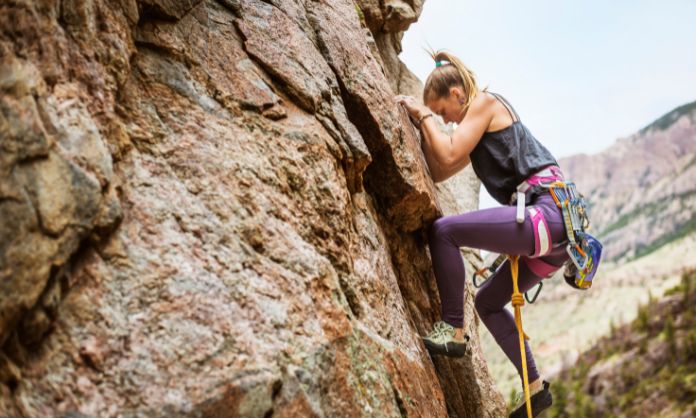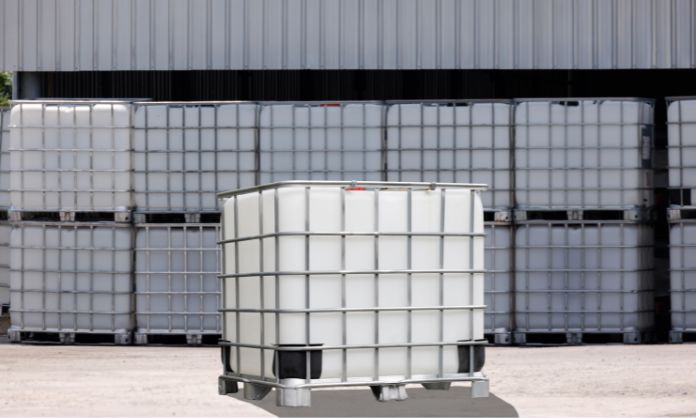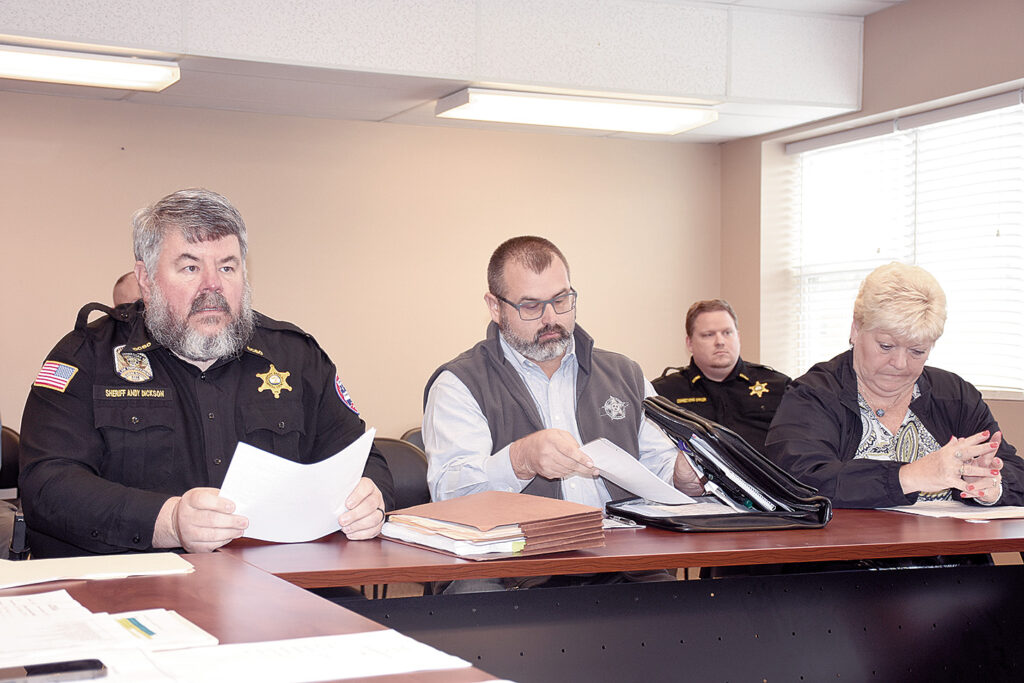
Ascending to the top of a mountain is both an alluring and physically challenging activity. Not only does it offer a great adrenaline rush and breathtaking vistas, but it’s a sport that challenges every adventurer’s abilities. However, the very essence of venturing into such untamed environments involves recognizing and mitigating risks. When mountain climbing, you need to know how to identify potential dangers. Learn what to look for while scaling those magnificent heights.
Do Risk Assessment: The Mountaineer’s Mantra
Before setting foot on the ascent, climbers must internalize the importance of continuous risk assessment. Every climb, regardless of familiarity or past experiences, presents unique challenges. Read up on recent changes in the trail or peak, learn from other’s experiences, and don’t ever trivialize the steps of assessing climbing conditions.
Heed Weather Warnings and Environmental Cues
Never underestimate the mountain’s power to change its entire demeanor within moments. Weather conditions are primary risk identifiers. Keep an eye on forecasts to understand environmental signs of impending storms, heavy winds, or drastic temperature changes. Also, be aware of seasonal risks, such as lightning strikes in summer or avalanches in winter.
Evaluate Terrain and Route Hazards
A thorough examination of your route isn’t an option; it’s necessary. Look out for loose rocks, landslide areas, and unstable snowpacks indicating potential avalanches. Also, watch out for crevasses that snow cover hides. Route planning with a topographic map or consulting with park rangers can provide crucial insights into known hazards.
Gear Up for Safety
One of the best defenses on a mountain is your gear. Learning what safety equipment to buy is essential. A helmet, proper footwear, crampons, ropes, and navigation tools can help you greatly. Most important is having a first aid kit to hold you over until help arrives. Additionally, make sure you know how to use each piece of equipment proficiently.
Prepare Physically and Mentally
Mountain climbing combines mental and physical challenges, requiring strength, endurance, flexibility, and mental resilience. Physically, climbers need strength and endurance to perform well for long periods. Flexibility helps in navigating tough terrains and preventing injuries. Mentally, climbers must be resilient to make important decisions when tired, stay focused despite the demands, and adapt to unexpected situations.
Guide Your Way to Safety
Having an experienced guide or mentor by your side can dramatically transform your journey into a remarkable adventure worth remembering. Their in-depth knowledge of the mountain terrain, expert risk management skills, and unwavering commitment to ensuring they and climbers follow all safety protocols are invaluable. These guides navigate the physical challenges and instill confidence and wisdom in their companions, making every step of the adventure safer and more enjoyable.
Mountain climbing is important for diminishing the potential risks of injury or getting lost on the path. Climbing a mountain doesn’t stem from avoiding dangers but identifying, understanding, and managing them effectively. Each decision you make with vigilance and respect toward the mountain might pave the way for a successful ascent and a safe return home.







